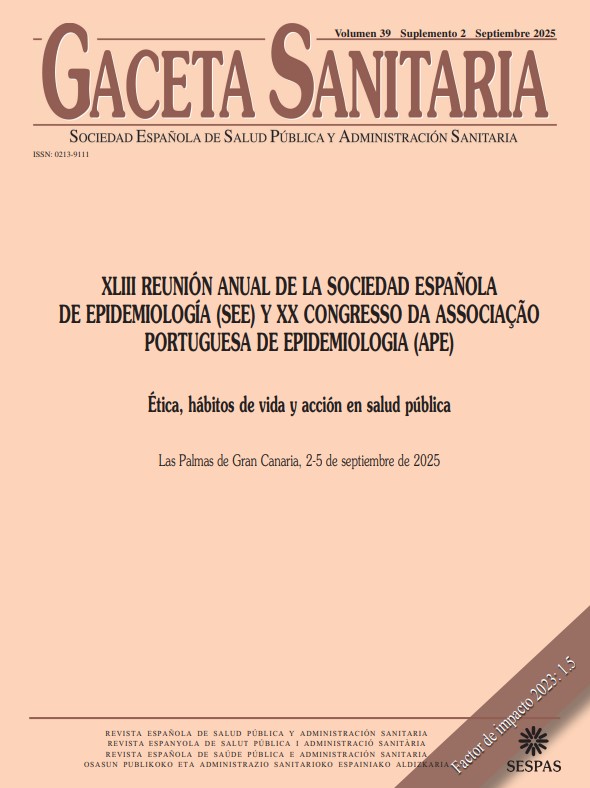425 - IDENTIFYING TRAJECTORY PATTERNS OF LEISURE-TIME PHYSICAL ACTIVITY AMONG WOMEN AND MEN: RESULTS FROM THE ELSA-BRASIL COHORT
Instituto de Saúde Coletiva, Universidade Federal da Bahia ISC/UFBA; Instituto Gonçalo Moniz, Fundação Oswaldo Cruz; Faculdade de Psicologia e Ciências da Educação da Universidade do Porto - FPCEUP; Universidade do Sudoeste da Bahia-UESB.
Background/Objectives: The trajectory of physical activity (PA) changes during life. However, the decline in PA throughout the life course is a growing public health problem because it hinders a healthier aging process. Purpose: To identify patterns of PA trajectories among women and men.
Methods: The study involved 6,532 women and 5,215 men, aged at baseline from 35 to 74 years, and included self-reported information by IPAQ on leisure time physical activity (LTPA) from ELSA-Brasil cohort (baseline: 2008 to 2010; follow-up 1: 2012 to 2014; follow-up 2: 2016 to 2018). Data were analyzed using sequencing data analysis, multinomial logistic regression, and Poisson regression with robust variance.
Results: We estimated 64 possible patterns of LTPA trajectories and patterns were categorized as Consistently Low-Active Trajectory (CLAT), Consistently Active Trajectory (CAT), Declining Physical Activity Trajectory (DPAT), Ascending Physical Activity Trajectory (APAT), and Fluctuating Physical Activity Trajectory (FPAT). Men predominantly showed a CAT, whereas women reported CLAT. Women and men showed positive association between consistently inactive trajectories and self-perceived regular and poor health (RR = 1.39; 95%CI = 1.29-1.49 and RR = 1.32; 95%CI = 1.19-1.47), smoking (RR = 1.29; 95%CI = 1.18-1.41 and RR = 1.42; 95% = CI = 1.26-1.60), obesity (RR = 1.49; 95%CI = 1.38-1.61 and RR = 1.25; 95%CI = 1.12-1.41), and reported fatigue symptoms (RR = 1.28; 95%CI = 1.20-1.36 and RR = 1.25; 95%CI = 1.13-1.38).
Conclusions/Recommendations: The gender inequalities in LTPA’s trajectories deserve attention. The physical activity trajectories are crucial for understanding these patterns and support targeted gender policies for health and physical activity promotion.















